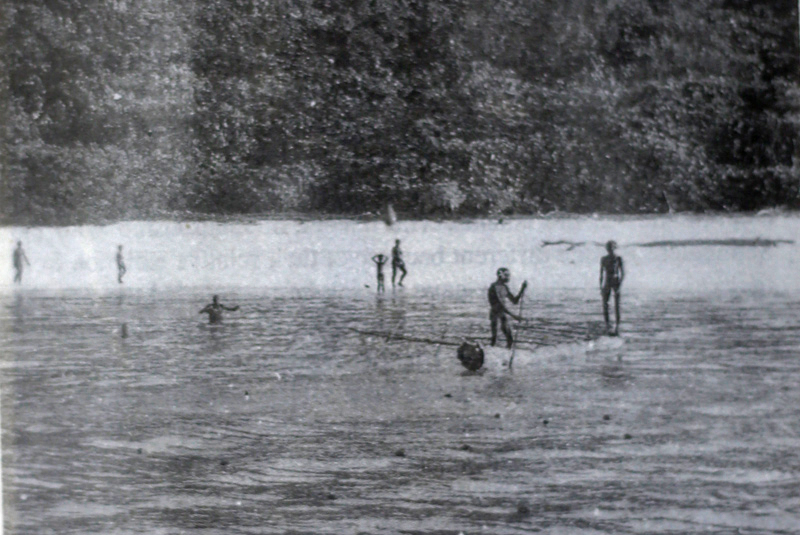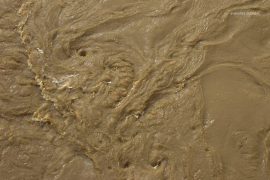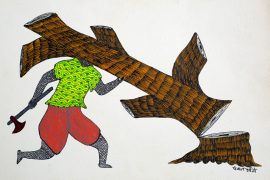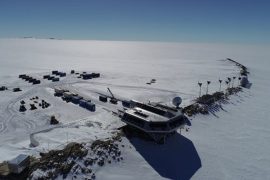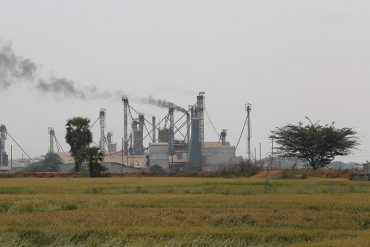When the Indian Ocean tsunami of 2004 struck the Andaman and Nicobar Islands, a tribal tsunami warning system kept the indigenous people safe from the ravaging waves. On the Andaman Islands, where the Onge people had resided for 30,000 years, an oral tradition taught the Onge people that the shaking of the ground preceded destructive waves. They made their way to higher ground – suffering no casualties.
On the Nicobar Islands, in contrast, the tribes had only been around for up to 600 years. With no foreknowledge, they suffered the most. Up to a third of their population either died or went missing in the aftermath. The situation was similar for the ‘Indian’ part of the island – Port Blair was designed with European conceptions of ports in water (the waters in Europe yield no Tsunamis). Large parts of it, including the airstrip, were in direct path of the tsunami waves.
It was yet another example that the indigenous people knew best when it came to taking care of themselves. As ‘development’ encroached upon their lands, many tribes have found that adapting to the ‘civilized’ customers spelled their own doom. The experience of the Onge people of the little Andaman island is testimony to this.
They have a genetic lineage that dates to the Palaeolithic era – part of the first wave of humans leaving Africa by boat. Thousands of years of unbroken history mean their genetic code preserves ancient DNA – and their language too is a proto one.
Copyright©Madras Courier, All Rights Reserved. You may share using our article tools. Please don't cut articles from madrascourier.com and redistribute by email, post to the web, mobile phone or social media.Please send in your feed back and comments to [email protected]

